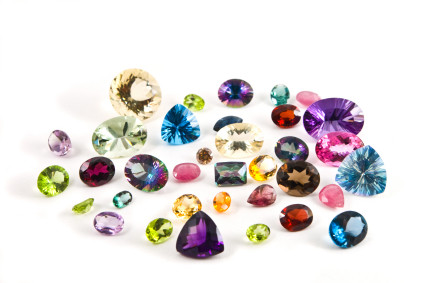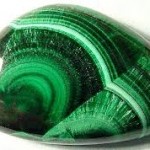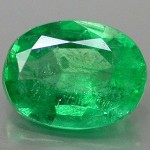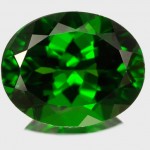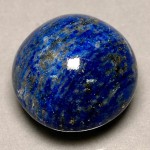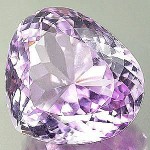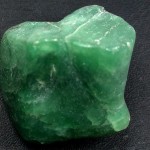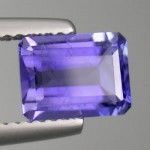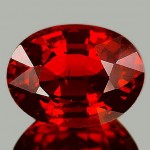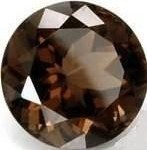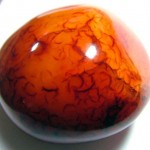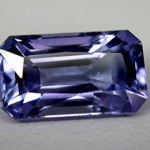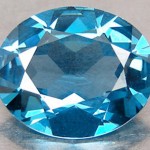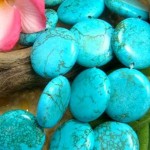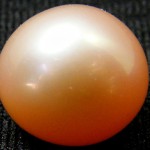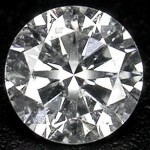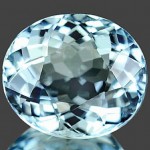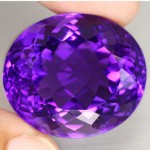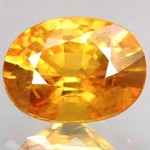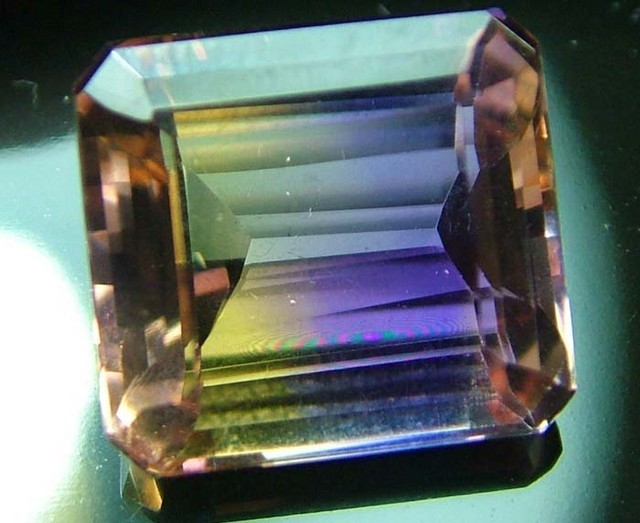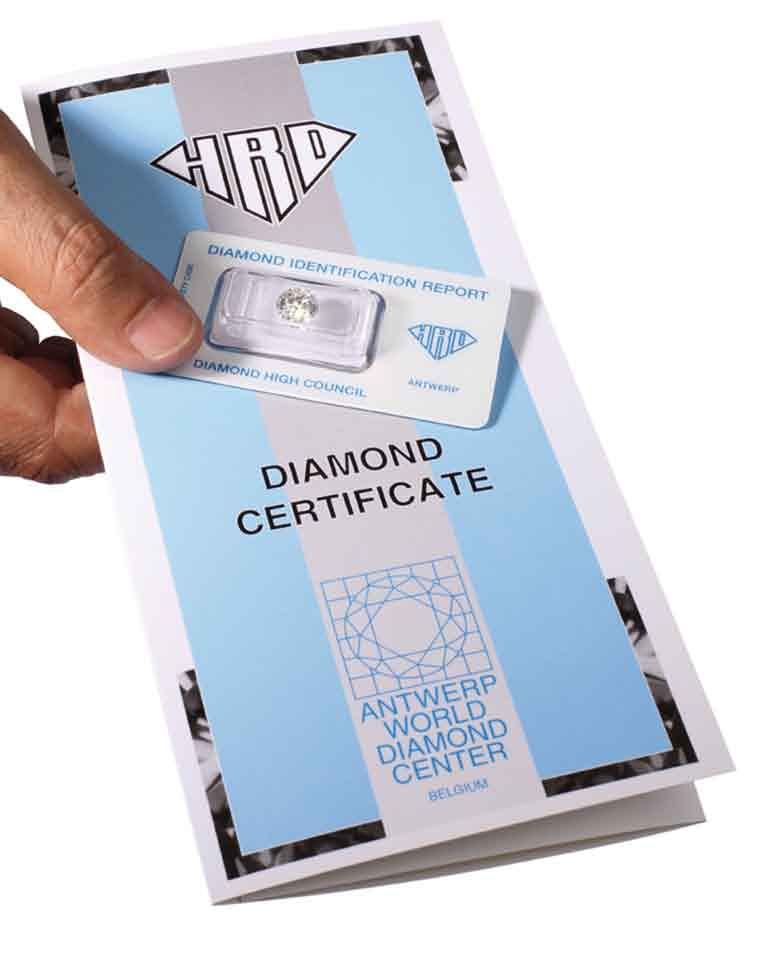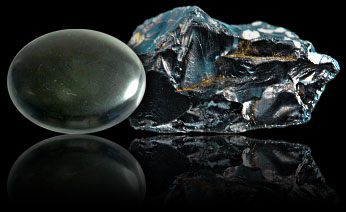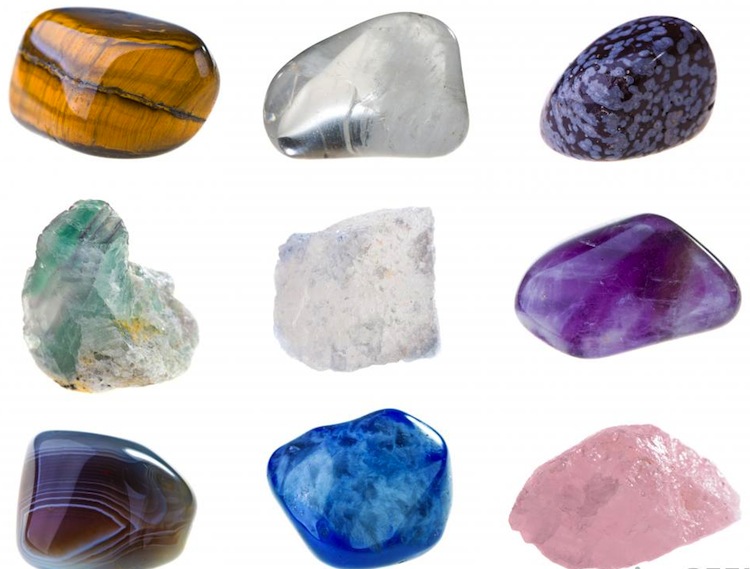Most gemstone material – both cut stones and rough, is enhanced. For some gemstones, the enhancements have relatively no effect on value, are permanent, undetectable to the human eye and often difficult to see under a microscope as well.
Enhancements increase the available supply of gemstones, thereby increasing their affordability as well. Giving Mother Nature a little hand has produced some wonderful results that imitate some of the natural processes that accompany geologic formation (such as heat and irradiation) of gemstones.
What are the treatments?
Gem treatments, or enhancements, are human initiated processes that improve the appearance and durability of a gemstone. Heat treatment, using high temperature to change the appearance or color of a gem, is one of the oldest and most common enhancement processes; it has been used for thousands of years.
Temperature Treatment
Heat treatments are used to lighten, darken, deepen, or even completely change gemstone color. The temperatures and length of time vary, but temperatures range from 157-1900 degrees C.
Heat treatment works like it sounds- the stones are heated.
Irradiation Treatment
Irradiation affects only a gemstone’s color. Subatomic particles, such as gamma rays, are used to bombard the electrons of the gem, causing them to be knocked loose, and captured by other atoms. The light-absorbing pattern is thereby changed and as a result, so is the color. In the case of gamma rays, no leftover radioactivity remains. Many gem laboratories regularly check irradiated gemstones to ensure that they are not radioactive.
Chemicals
This is the largest group of enhancements with the greatest number of effects on the gemstones.
1. Bleaching
2. Dyeing
3. Diffusion
4. Oiling
5. Impregnation
Bleaching and Dyeing
Just as it sounds: chemicals are used to remove color; or just the reverse, dyeing adds a chemical agent to change or deepen color. Dyeing works better done with porous substances such as lapis lazuli.
Diffusion
Chemicals are used instead of heat. The chemicals penetrate a shallow layer of the surface, become part of the crystal structure, and change color superficially. Sapphires and rubies can be diffusion treated.
Oiling & Impregnation
This enhancement involves the filling of surface reaching fractures with oil or a plastic polymer substance to make them appear less noticeable. Emeralds are routinely oiled and jadeite is commonly polymer impregnated.
A Guide to Gemstone Treatments and Enhancements: Part 1
The world of gemstones can be a very confusing thing to a buyer when it comes to the treatments and enhancements. For hundreds of years gemstones have been treated and will continue still for hundreds more. Some enhancements are used to improve on nature and others to drastically change the gemstones themselves.
There are places that specialize in treatments of gemstones in both the rough gemstone stage and the already cut stones. One particular place is in Bangkok Thailand. For example, Sapphires and Rubies (corundum) are very commonly heat treated using flux (beryllium) or standard heat. These treatments are often performed in the rough stage before the stones are even cut.
I have found in all my years in the business that many buyers (new and experienced) will tend to avoid buying stones that have received treatments. The feeling that a treated stone somehow isn’t the “real” thing or that the untreated gemstone is more beautiful. This view is a very common misconception among buyers. The fact is that some gemstones on the market today would not even be around if it weren’t for treatments!
Enhancements and treatments make more gemstones available and affordable without taking away from the beauty of the stone. In fact, they will often improve the beauty of the natural stone, which is why most of us buy them in the first place.
Below I’ve listed some treatments and some of the stones that receive those treatments. We want to make sure that our buyers are informed and educated with these treatments/enhancements to empower them on their search for beautiful gemstones.
HEATING
Heating is the most common form of treatment that gemstones receive. Treating with heat is only detectable in a lab setting and typically irreversible in normal conditions. The lab is able to use a microscope to see tiny gas bubbles or rutile needles in the stone which will tell them that stone has been heat treated.
Heat can be used to darken, lighten, improve the clarity and luster, or change the stones color completely.
Heating with a flux containing beryllium is also a very common heat treatment. Sapphires are one stone that it is often used on to significantly change the color.
Gemstones that are normally treated this way are:
- Apatite
- Aquamarine
- Citrine
- Paraiba Tourmaline
- Pink Topaz
- Ruby
- Sapphire
- Tanzanite
- Zircon-blue & colorless
DIFFUSION
Corundum is heated to a very high temperature and then infused with chemicals such as beryllium to penetrate the whole gemstone. This treatment can create an asterism (star), change the color, or improve it’s natural color.
Ruby – red corundum
Sapphire – all other colors of corundum
OIL
The most common stone to receive this type of treatment is the Emerald. When Emeralds are mined the rough stone is put into a barrel of oil. Oil is also used when they cut the rough into a facetted stone. Emeralds typically contains many fractures. Storing it in oil fills the fissures on the surface of the stone. This makes those fractures less noticeable to the naked eye and improves it’s beauty. Only Emeralds that are mined with no fractures at the surface will not have oil. This is because there are no fissures for the oil to get into. This is very rare, and those Emeralds will yield a HUGE price tag.
Occasionally colored oils are used on Emerald, Rubies, and Sapphires. They do this to add color and to also hide some of the fractures. You can see this in some of the large opaque stones.
You may also find that some Alexandrite, Rubies, Demantoid Garnet, and some varieties of Chrysoberyl are treated with resin & oils to make the surface inclusions less visible.
In some cases synthetic resins can be used to fill in the fractures that reach the surface in Emerald (and some other stones) along with hardeners to make the process more permanent. This treatment is frowned upon in the gem trade, especially when such a treatment is not openly acknowledged.
IRRADIATION
Irradiation means to bombard material with radiation/subatomic particles. It is also then sometimes followed by heat treating. This process decreases the inclusions, improves the color, or can change the color to ones that are very rare in nature.
Below are some of the stones this treatment is frequently used on and how it affects them.
Blue Topaz – Intensifies the color making it much darker or creates colors not found in nature. It lowers the price to make them far more affordable where as untreated Blue Topaz packs a heavy price tag.
Tourmaline – Darkens the pink stones to a red color making them indistinguishable from a natural red Tourmaline. Price typically will remain the same.
Diamonds – Turns off colored Diamonds into colored Diamonds. Some of these colors are: blue, pink, green, yellow, & brown. This is a very common treatment and lowers the price making the colored treated Diamonds more affordable. Untreated colored Diamonds of the same carat, color, clarity, & grade, will carry a much larger price tag.
Pearls – Cultured Pearls can be treated with irradiation to change the color to gray or blues, however dying is more common for this. Irradiated Pearls will sell for approximately the same price as the dyed one, but far below the cost for natural intense colors.
Quartz – Can be irradiated then heated, resulting in intense popular colors. Price is not normally affected.
DYEING
Dyeing is used on some stones such as Agate and Pearls and some others. Black Onyx is the result of dying agate. This type of dyeing is acceptable and does not impact the demand for them.
Some stones however are dyed that shouldn’t be. This is done to hide poor quality increasing the perceived value of the stone. This practice is completely unacceptable in the gem trade.
Some stones to watch and make sure they aren’t dyed are: Lapis, Jade, Turquoise, Coral, Ruby, Emerald, & Sapphire. You can test them by rubbing a cotton ball with some fingernail polish on it. If color comes off, then they have been dyed. This is not only important to know because you may have a less valuable stone, but also because the dye can bleed onto your clothing if the stone is set into jewelry.
A Guide to Gemstone Treatments & Enhancements: Part 2
In our first guide we discussed treatments such as heating, irradiation, dyeing, diffusion, & oil. Please see part 1 for a more detailed account of these treatments and how they affect your gemstones.
COATING
Coating is where a lacquer or film is applied to the gemstone. This enhancement has been around for hundreds of years and is still used today. In fact, this treatment has become increasingly popular to improve the color or change the color of gemstones. One great example of this treatment is a Mystic Topaz. It’s got all the colors of the rainbow and is very beautiful. There are many other types of Topaz that receive a coating as well. The Azotic Coating Technologies Company now coats Topaz in every color. There have been reports showing that Tanzanite pavilions are being coated to improve the appearance of saturation. They have also been found on Diamonds to enhance the color. Both of these last two are meant to deceive the buyer and are not acceptable. Opals may also have a coating treatment on the back of the stone to magnify the play of color in Black Opal.
STABILIZATION & IMPREGNATION
These treatments are often used for Turquoise. Stabilization introduces a bonding agent like plastic into a porous material. Impregnation is infusing paraffin or wax into a porous material. Stones that have had impregnation treatment should be kept away from heat or the wax can melt. Stabilization is a more permanent treatment.
BLEACHING
Organic gem materials such as Pearls, Cultured Pearls, Coral, and Ivory can be bleached. It will lighten the color and is a permanent undetectable treatment. This treatment does not alter the price in any way.
DIAMONDS WITH INFILLING
Sometimes included Diamonds will be filled with glass to make them appear to have a higher clarity than they actually have. Filler can be damaged by ultrasonic cleaning, heat, and re-tipping. It is very important to know if a Diamond you buy has received this treatment. This treatment does not repair the inclusion but does make it less visible. You can spot a filled Diamond if you rotate it under light (look very closely). You will notice a bluish flash that indicates this treatment.
DIAMOND LASERING
This treatment drills very tiny holes into a Diamond to provide a way to get to inclusions often detracting from it’s beauty. Once it is lasered, the inclusion can be vaporized or bleached to make it less visible if it’s not burned out by the lasering. Laser holes are visible under magnification when viewed at the correct angle. These Diamonds would be classified in the imperfect category regardless of an improvement in clarity. The price would be affected by the treatment and should be less than one untreated with the same clarity.
NON-ENHANCED GEMSTONES
Some gemstones are known not to be enhanced at all. Some of these stones are Garnet (excludes Demantoid), Iolite, Peridot, Spinel, some Chrysoberyl, Tourmaline (excludes Paraiba) Malachite, Hematite, Feldspar (can exclude Andesine and Labradorite).
Treatments for gemstones is always changing and improving. Many are very difficult if not impossible to detect. Regardless of whether or not they can be detected, sellers should always disclose any known treatments and enhancements to the buyer. Sometimes however, they may not even know themselves especially with imported gemstones. You’ll find that the majority of sellers are honest and upfront with the information, however it is the responsibility of the buyer to ask prior to purchase.
~Tanacy Gems
GEMROCK AUCTIONS

